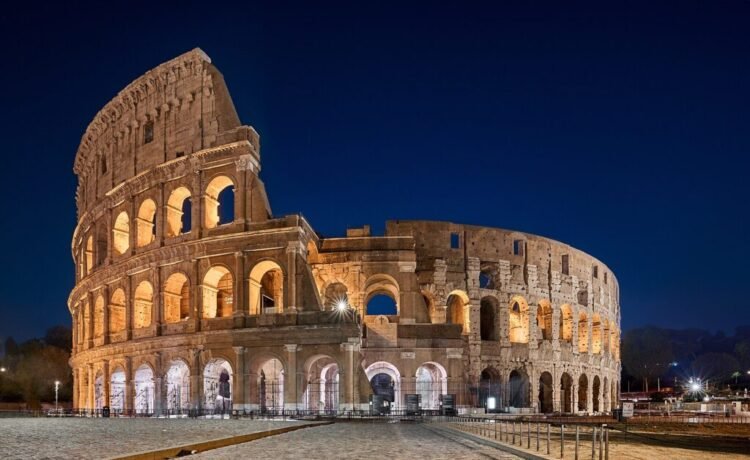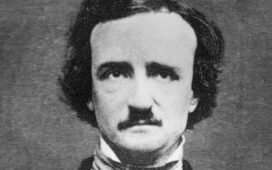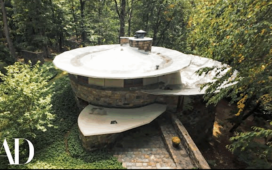As the founding myth has it, the city of Rome was established by a man named Romulus, one of two orphaned twin brothers raised by a she-wolf on the banks of the Tiber river. The legend of Romulus and Remus, which involves the former’s fratricidal slaying of the latter, lends itself to striking imagery, though it also gives forth more questions than answers. “The Latin for wolf, lupa, also means prostitute,” for example, “so was it actually a prostitute who came to the rescue?” So asks historian Mary Beard in Rome: Empire Without Limit, a four-part series you can watch in its entirety above.
In a sense, the story works either way: the mortal clash of brother against brother makes for a recurring metaphorical theme in the long history of Rome, but so does the irrepressible power of commerce. Crisscrossing the European continent, Great Britain, the Mediterranean, and Africa by car, boat, bicycle, subway train, and above all on foot, Beard uses the traces of the mightiest ancient empire to explain how the whole operation actually worked, and what its day-to-day experience was like for its subjects. When it originally aired in 2016, Empire Without Limit followed up her acclaimed book SPQR: A History of Ancient Rome, which covers some of the same themes.
Those who’ve followed Beard’s work in print, on television, or in other media know that her version of Roman history is hardly another succession of emperors and military campaigns. While she does devote time to discussing such signal figures as Julius Caesar (who definitely didn’t say “Et tu, Brute?”), Augustus, Hadrian, and Constantine, she displays equal or greater interest in a four-year-old silver miner in what’s now Spain, say, or an anonymous young woman the shape of whose skull suggests the extent of migration within the empire. And just as worthy of consideration as any particular Roman citizenship is the concept of Roman citizenship itself, which ultimately extended across the vastest empire the world had ever known.
All roads lead to Rome, as the saying goes, and in the heyday of the Roman empire, as Beard points out, it was actually true. The ancient Romans were the first to build what she calls “a joined-up world,” where getting on a path in Rome and following it could get you all the way to places like Spain or Greece. (And also unprecedentedly, you could take a glance at mile markers along that road and immediately “place yourself in the world.”) Roman dominance may have ended long ago, but the parts of the world have continued to join up in much the same way since, and indeed, the broad Roman worldview survives. As Beard puts it, “there’s a little bit of the Romans in the head of every one of us” — especially those of us who think about their empire every day.
Related content:
The History of Ancient Rome in 20 Quick Minutes: A Primer Narrated by Brian Cox
A Map Showing How the Ancient Romans Envisioned the World in 40 AD
How Rome Began: The History As Told by Ancient Historians
Is America Declining Like Ancient Rome?
Rick Steves’ Europe: Binge Watch 11 Seasons of America’s Favorite Traveler Free Online
Based in Seoul, Colin Marshall writes and broadcasts on cities, language, and culture. His projects include the Substack newsletter Books on Cities and the book The Stateless City: a Walk through 21st-Century Los Angeles. Follow him on the social network formerly known as Twitter at @colinmarshall.















